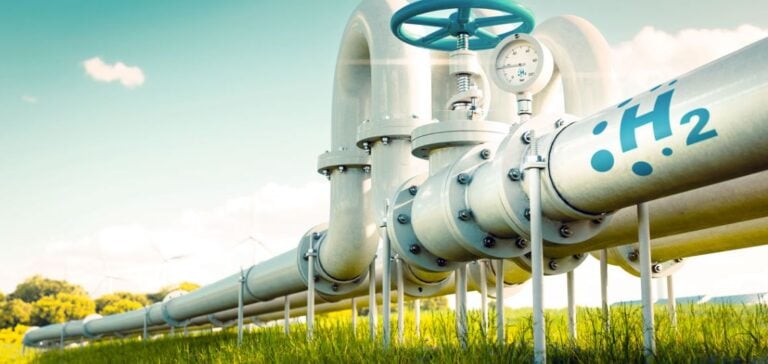RIC Energy, an independent renewable energy group with Spanish origins, has announced it has obtained the Integrated Environmental Authorization (IEA) for its green hydrogen project, H2-Valladolid. Located in the municipality of Arroyo de la Encomienda, Castile and León, this project represents a strategic turning point in the development of clean energy both regionally and nationally.
The H2-Valladolid project involves a 10-megawatt (MW) green hydrogen production plant. Powered by two nearby photovoltaic plants, also developed by RIC Energy, the facility will produce up to 1,500 tons of hydrogen per year. This production will be carried out in two phases of 5 MW each, allowing for a gradual scaling-up. The hydrogen produced will be used to decarbonize key sectors such as industry, urban and interurban transport, and to integrate more renewable energy into the local gas network.
A project compliant with environmental standards
The Integrated Environmental Authorization certifies that the project meets technical and legal standards aimed at minimizing environmental impacts. This validation covers all stages of the project, from construction to operation. RIC Energy reaffirms its commitment to environmentally responsible practices, a core element of its corporate strategy.
According to Pablo García-Salmones, Director of Green Hydrogen at RIC Energy, “the IEA is a key step in making this project a reality, which will stimulate the local economy while significantly contributing to the reduction of CO2 emissions in the region.”
With this infrastructure, approximately 6,000 tons of CO2 emissions are expected to be avoided annually from the first phase of operation. Additionally, the project’s construction phase will generate 75 direct and indirect jobs, with another 15 permanent positions for the plant’s operation and maintenance.
Regional and national momentum
The H2-Valladolid project is part of a broader strategy by RIC Energy to strengthen the energy transition in Castile and León. The company is currently developing seven photovoltaic plants with a total capacity of 660 MWp, five green hydrogen and derivatives projects exceeding 1 GW in electrolytic power, and eight biomethane projects. These initiatives position RIC Energy as a key player in Spain’s renewable energy sector.
The role of green hydrogen as a critical energy solution is further emphasized by projects like H2-Valladolid, which contribute to a circular economy and the reduction of greenhouse gas emissions. The Castile and León region thus emerges as a pillar in the deployment of clean energy in Spain, with positive environmental and economic impacts.






















